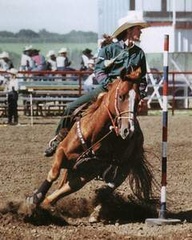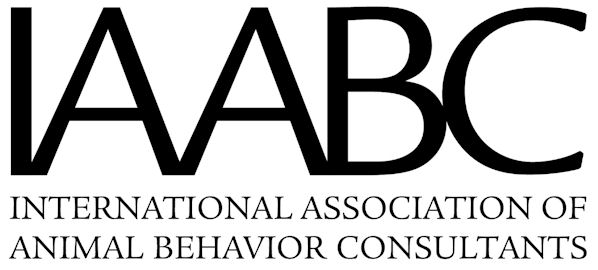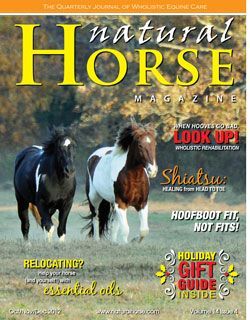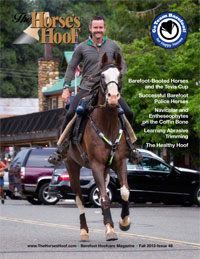 A great article explaining the Flying Lead Change:
A great article explaining the Flying Lead Change:
Preparing to Ride Flying Changes
By Faith Meredith
Director of Riding, Meredith Manor International Equestrian Centre
Upper level dressage horses executing a quick sequence of flying changes of lead at the canter appear to skip or dance across the arena. Properly executed tempe changes demonstrate not only the horse’s athleticism but also the precise, subtly nuanced communication that is possible between horses and their riders. Dressage horses, however, are not the only equine athletes whose performances require flying changes. Reining horses, barrel horses, and working cow horses do them. So do hunters and jumpers. Clean, balanced, correctly executed flying changes of lead provide the winning edge in a wide range of equestrian competitions.
Horses and riders must each master a basic set of skills before they are ready to attempt either simple changes of lead through the trot or flying changes at the canter. These skill sets might be described as “advanced intermediate” stages on the training tree and riding tree. The following benchmarks can help riders evaluate whether they and their horse are ready to attempt simple or flying changes.
- Can the rider follow the horse’s motion and feel the individual beats? The outside hind touches down for the first beat of a canter stride, followed by the inside hind and outside fore touching down together. The third beat occurs as the inside fore touches down, followed by a short period when all four feet are suspended beneath the horse’s body. The rider must be able to feel each of these separate beats in order to correctly time the application of the aids for a flying change just before the moment of suspension. Following the horse’s motion is a prerequisite for feeling each individual beat.
- Does the horse have a balanced, three-beat canter on both leads? The rider should hear and feel three distinct, even beats at the canter on both leads. A horse that is balanced and straight should not feel as though it is leaning to one side or the other. Although the canter creates a rocking motion, the rider should feel as though she is moving on a level plane, not riding downhill. A horse must canter in balance in both directions in order to smoothly change the sequence of its footfalls during the moment of suspension.
- Can the horse stay in rhythm at the canter? The horse’s canter strides must be rhythmic in both directions and the rider must be able to set and keep a steady rhythm. She must be able to maintain contact, ride in balance, follow the horse’s motion and keep the horse on the aids.
- Is the horse responsive to the rider’s aids for a canter depart on either lead? Like people, horses tend to have a dominant side. Riders need to work to make their horses ambidextrous and equally responsive to the canter aids in both directions.
- Can the rider send the horse on and bring it back at the canter? The rider should be able to maintain the horse’s rhythm at the canter while asking the horse to extend or collect its strides.
When the horse and rider have mastered these benchmarks, they are ready to move on to flying changes. Riders should not attempt to teach horses flying changes until they have an independent seat and the ability to influence the horse by following its motion and coordinating their aids. Until they’ve reached that level of riding skill, they should learn how to ride flying changes by working with a good schoolmaster horse.
Timing the application of the aids is critical to correct flying changes. The aids must be applied just before the moment of suspension so that the change can occur during the moment of suspension. For example, the rider would apply the aids for a change from the right lead to the left lead just as the horse’s right front foot moves forward to touch the ground.
The rider initiates the flying change by giving a half halt and straightening the horse. This alerts the horse that a new request is coming and begins the process of rebalancing and changing the horse’s bend. Then she positions her new outside leg slightly behind the girth and positions her new inside leg at the girth while at the same time repositioning the horse’s bend with the new inside and outside reins. Finally, she applies back, seat and leg aids to ask the horse to move forward into the next stride on the new lead.
Horses and riders new to flying changes should first learn to make simple changes of lead through the walk and trot. The horse transitions from the canter to the walk or trot, the new aids are applied and the horse resumes the canter on the new lead. The rider just beginning to do flying changes should work on maintaining balance and rhythm while continuing to follow the horse’s motion. Correctly timing, coordinating and applying the aids for a change of lead takes time to learn. Be patient and do not rush from riding simple changes into riding flying changes until the simple changes are smooth and the ability to coordinate the aid changes has become part of “muscle memory.”
Horses just beginning to learn flying changes also need time and practice to understand the question being asked and to develop the muscles necessary to athletically respond. Flying changes require that the horse first reposition its hind legs (the hind leg that is “leading” must change) then reposition its front legs (the “leading” front leg changes). Start by practicing simple changes across the diagonal and from circle to circle in large figure eights. As these become confirmed, gradually reduce the number of trot strides until the horse is making a lead change without any trot strides at all. Going from a counter canter (a canter on the “wrong” lead in terms of the direction the horse is moving in the arena) to a “true” or “correct” canter lead is another gymnastic exercise that helps the horse learn how to adjust its balance during a flying change.










